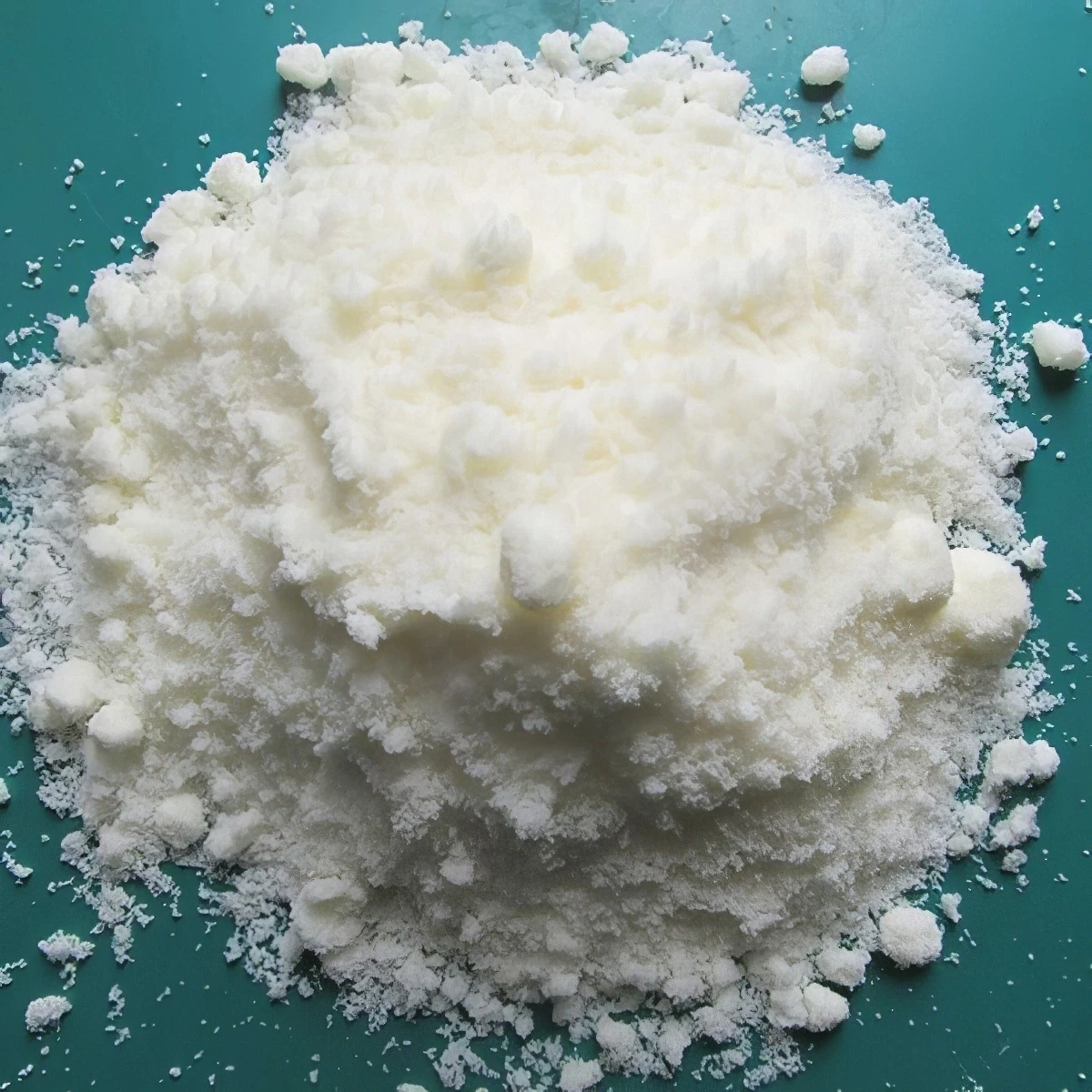



muriatic acid and sodium bisulfate
Understanding Muriatic Acid and Sodium Bisulfate Properties and Applications
Muriatic acid, also known as hydrochloric acid, is a strong acid with a chemical formula of HCl. It is widely used in various industries due to its powerful corrosive properties. Muriatic acid is commonly utilized in cleaning, pH adjustment, and the production of chlorides, fertilizers, and dyes. On the other hand, sodium bisulfate (NaHSO₄), often referred to as dry acid or pH reducer, is a safer alternative in pH control, often used in swimming pools and cleaning applications.
Properties of Muriatic Acid
Muriatic acid is typically encountered as a clear, colorless liquid with a sharp, pungent odor. It is highly soluble in water and can release gases when it comes into contact with certain metals or organic materials. The acid is highly reactive and should be handled with caution, as it can cause severe burns to the skin and irritation to the eyes and respiratory system. Due to its corrosive nature, muriatic acid is often used to clean masonry surfaces, remove stains, and etch concrete.
While it is effective in many applications, the safety risks associated with muriatic acid are significant. Protective gear, such as gloves and goggles, is essential when handling this substance, and proper ventilation is crucial to avoid inhalation of fumes.
Properties of Sodium Bisulfate
In contrast, sodium bisulfate is a white, crystalline powder that is less corrosive and safer to handle than muriatic acid. It is often used in various applications where pH reduction is necessary, such as in swimming pools, where it effectively lowers alkalinity and balances pH levels. Sodium bisulfate dissolves readily in water and, upon dissolution, dissociates into sodium ions and bisulfate ions.
muriatic acid and sodium bisulfate

Sodium bisulfate is also used in cleaning products, as it can act as a mild acid and help dissolve certain types of stains. It is often favored for household cleaning tasks due to its relatively low toxicity compared to stronger acids.
Applications
Both muriatic acid and sodium bisulfate have their specific applications and usage guidelines. Muriatic acid is primarily used in heavy-duty cleaning and industrial processes, such as metal treatment and water treatment. It is an essential component in the production of various chemicals and can also be used to adjust pH levels in large-scale operations.
Sodium bisulfate serves a more consumer-friendly purpose. It is commonly found in pool maintenance products, where it efficiently regulates pH levels without the hazards associated with stronger acids. Additionally, its role in household cleaning products makes it accessible for everyday use.
Conclusion
In conclusion, both muriatic acid and sodium bisulfate play vital roles in various applications, from industrial to household uses. While muriatic acid is powerful and effective, it requires careful handling due to its corrosive properties. Sodium bisulfate, as a safer alternative for pH control and cleaning, offers a less hazardous option for both consumers and professionals. Understanding the properties and safe handling methods for these substances is crucial for their effective use in everyday scenarios.
-
Why Sodium Persulfate Is Everywhere NowNewsJul.07,2025
-
Why Polyacrylamide Is in High DemandNewsJul.07,2025
-
Understanding Paint Chemicals and Their ApplicationsNewsJul.07,2025
-
Smart Use Of Mining ChemicalsNewsJul.07,2025
-
Practical Uses of Potassium MonopersulfateNewsJul.07,2025
-
Agrochemicals In Real FarmingNewsJul.07,2025
-
Sodium Chlorite Hot UsesNewsJul.01,2025










